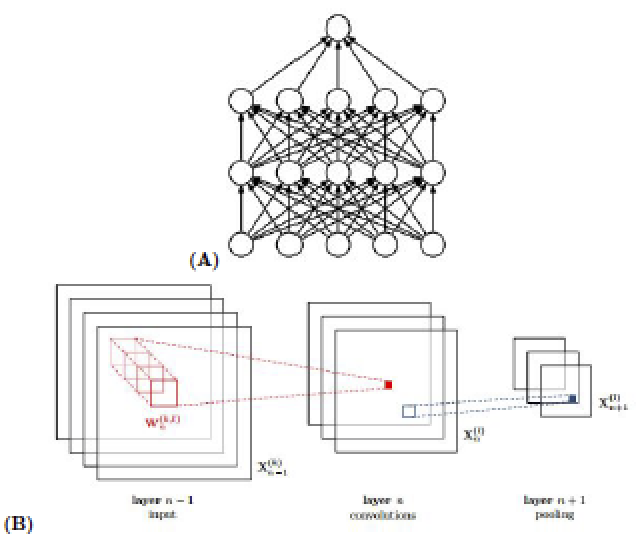Deep Learning for Brain Tumor Classification
Justin S. Paul, Andrew J. Plassard, Bennett A. Landman, Daniel Fabbri. “Deep Learning for Brain Tumor Classification.” In Proceedings of the SPIE Medical Imaging Conference. Orlando, Florida, February 2017. Oral presentation.
Abstract
Recent research has shown that deep learning methods have performed well on supervised machine learning, image classification tasks. The purpose of this study is to apply deep learning methods to classify brain images with different tumor types: meningioma, glioma, and pituitary. A dataset was publicly released containing 3,064 T1-weighted contrast enhanced MRI (CE-MRI) brain images from 233 patients with either meningioma, glioma, or pituitary tumors split across axial, coronal, or sagittal planes. This research focuses on the 989 axial images from 191 patients in order to avoid confusing the neural networks with three dierent planes containing the same diagnosis. Two types of neural networks were used in classication: fully connected and convolutional neural networks. Within these two categories, further tests were computed via the augmentation of the original 512×512 axial images. Through rotating, shifting, and mirroring, data sizes could be increased with the sacrice of image clarity. Training neural networks over the axial data has proven to be accurate in its classications with an average ve-fold cross validation of 91.43% on the best trained neural network. This result demonstrates that a more general method (i.e. deep learning) can outperform specialized methods that require image dilation and ring-forming subregions on tumors.

previous layer.7 (B) A convolutional neural network connecting a covolutional layer to a pooling layer.